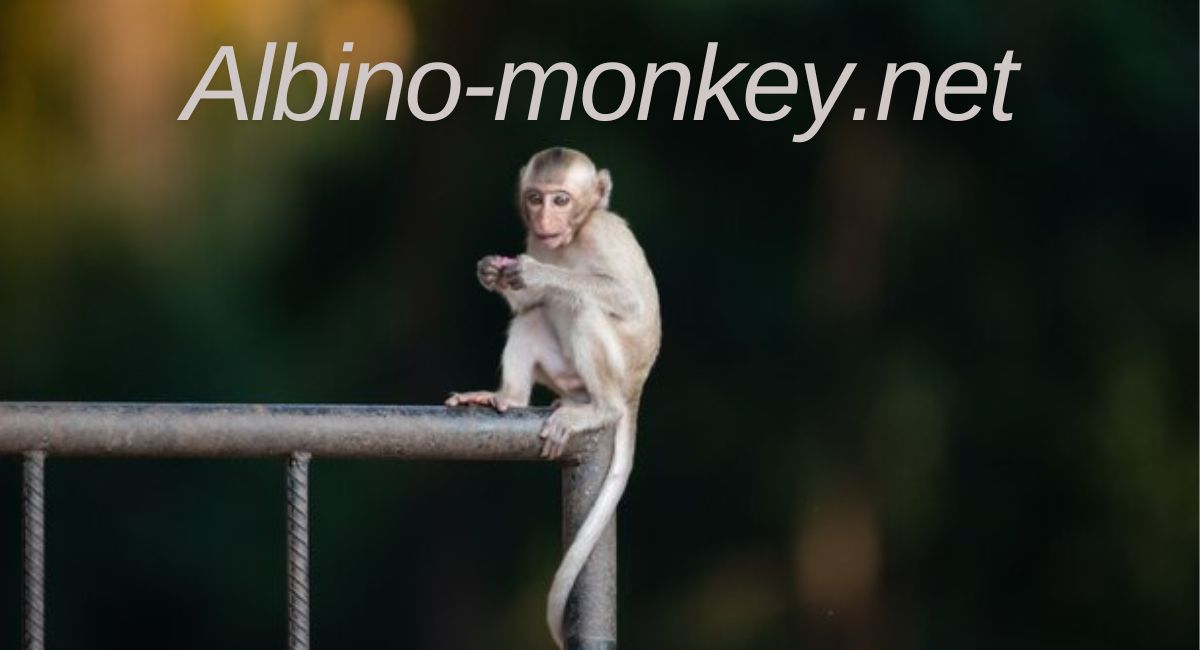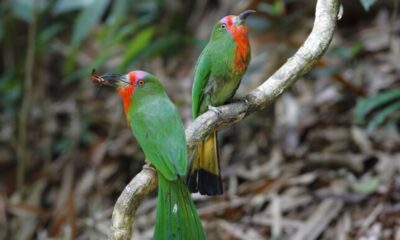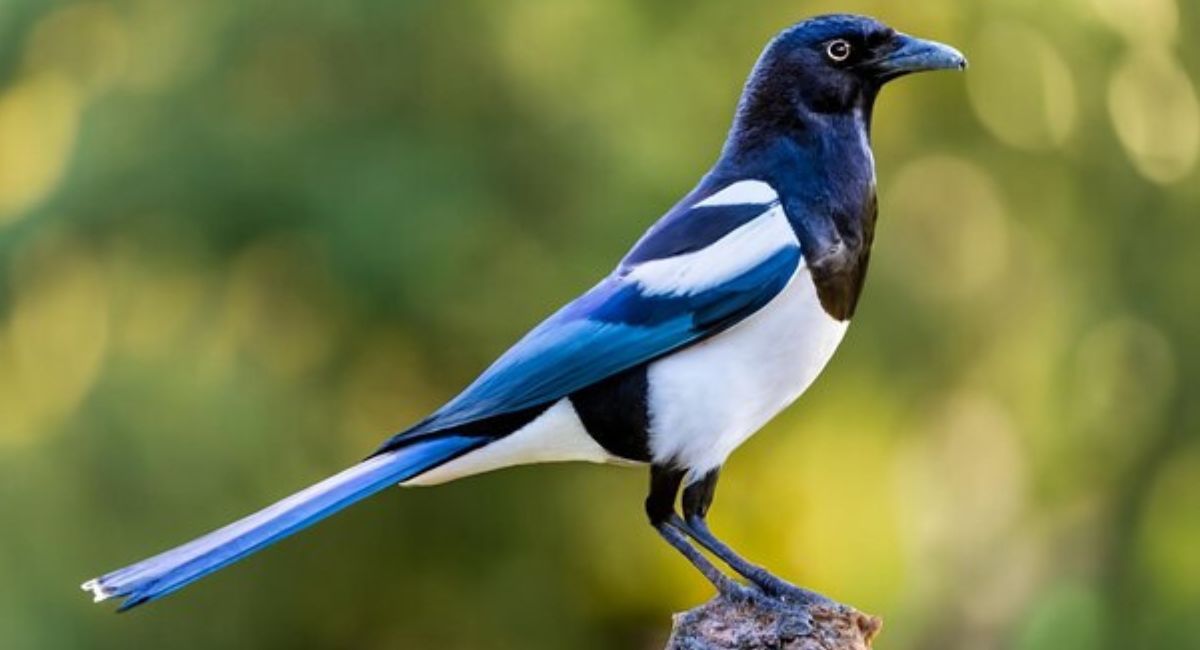Wild Life
The Hanging Tree Cattle Dog: A Remarkable Herding Breed

Wild Life
Buy Betta Fish Online: The Ultimate Guide for Enthusiasts
Wild Life
Exploring Albino-monkey.net: A Comprehensive Insight

Albino-monkey.net is a fascinating digital platform that has gained attention for its unique name and intriguing content. Whether you’re a tech enthusiast, a content creator, or just someone curious about the web’s diverse corners, albino-monkey.net offers something worth exploring. This article dives deep into what makes this site noteworthy, its features, and its growing impact.
The Story Behind the Name
Albino-monkey.net’s unconventional title immediately sparks curiosity. The name symbolizes creativity, standing out from the crowd, and embracing individuality—a fitting metaphor for the site’s innovative content and approach.
Core Purpose of albino-monkey.net
At its core, albino-monkey.net serves as a hub for engaging and innovative digital content. The site combines entertainment, knowledge, and community interaction, making it a versatile platform for users of all interests.
Key Features of albino-monkey.net
Albino-monkey.net offers a range of standout features that appeal to its diverse user base:
-
Innovative Design
The platform boasts a sleek and user-friendly interface.
-
Engaging Content
From articles to multimedia posts, the content caters to varied tastes.
-
Interactive Elements
Community forums, comment sections, and polls allow for user interaction.
Who Is albino-monkey.net For?
This platform attracts tech enthusiasts, digital creators, and casual browsers. Whether you’re seeking fresh ideas, technical tips, or entertainment, albino-monkey.net ensures an engaging experience for all.
Unique Content Offerings
Albino-monkey.net sets itself apart by curating original and thought-provoking content. Topics range from technology and design trends to lifestyle and gaming insights, ensuring something for everyone.
User Experience on albino-monkey.net
Navigating albino-monkey.net is seamless. With its intuitive layout, users can find their desired content within seconds. The site prioritizes functionality and accessibility, providing a positive experience for both first-time visitors and loyal users.
Community Engagement
A notable feature of albino-monkey.net is its active community. The platform encourages users to share ideas, provide feedback, and engage in meaningful discussions, fostering a sense of belonging among its members.
How It Stands Out From Competitors
Unlike many generic websites, albino-monkey.net thrives on originality and authenticity. Its distinct name, coupled with a focus on quality over quantity, allows it to stand out in an oversaturated digital landscape.
SEO Optimization on albino-monkey.net
The platform employs effective SEO strategies to ensure its content ranks highly on search engines. By using targeted keywords, engaging meta descriptions, and optimized multimedia, albino-monkey.net attracts a broad audience.
The Role of Technology in albino-monkey.net
Technology plays a crucial role in the site’s functionality. Albino-monkey.net uses advanced algorithms to recommend content based on user preferences, enhancing personalization and engagement.
The Visual Appeal
The website’s aesthetic is modern and clean, with a well-organized design that aligns with current web design trends. This visual clarity enhances user retention and satisfaction.
Mobile Compatibility
In today’s mobile-first world, albino-monkey.net ensures that its platform is fully optimized for smartphones and tablets, allowing users to access content on the go without compromising quality.
Social Media Integration
Albino-monkey.net extends its reach by integrating with popular social media platforms. This enables users to share content seamlessly and engage with the site across different digital spaces.
Future Prospects of albino-monkey.net
As the digital world evolves, albino-monkey.net is poised for growth. By staying adaptable and innovative, the platform is likely to expand its audience and influence in the coming years.
How to Get Started on albino-monkey.net
Interested in exploring the site? Simply visit albino-monkey.net and dive into its world of creative and engaging content. Registration is optional, but signing up unlocks additional features and customization options.
Conclusion
Albino-monkey.net is more than just a website—it’s a digital space that celebrates creativity, individuality, and community. Its engaging content, user-friendly design, and active community make it a standout platform in the digital world. Whether you’re a regular web user or a niche enthusiast, albino-monkey.net is worth your time and attention.
FAQs
What type of content does albino-monkey.net offer?
Albino-monkey.net offers a mix of articles, multimedia content, and interactive features covering a variety of topics such as technology, lifestyle, and gaming.
Is albino-monkey.net free to use?
Yes, albino-monkey.net is free to access. However, signing up for an account can enhance your experience with additional features.
How can I interact with other users on albino-monkey.net?
The platform includes community forums, comment sections, and interactive polls where users can connect and share ideas.
Is albino-monkey.net mobile-friendly?
Absolutely! The platform is optimized for smartphones and tablets, offering a seamless mobile experience.
Can I share content from albino-monkey.net on social media?
Yes, the platform integrates with major social media platforms, allowing users to share content easily.
Wild Life
Magpie: Nature’s Clever Collector
-

 Tech5 months ago
Tech5 months agoUnderstanding the DarkZadie Ren Telegram Community and Its Impact
-

 General5 months ago
General5 months agoAdeena Mendel: An Exploration of Her Work and Impact
-

 Education5 months ago
Education5 months agoSkillsClone.com: A Deep Dive into Its Learning and Development Tools
-

 News4 months ago
News4 months agoBreaking Down the Latest Updates on News JotechGeeks
-

 Crypto5 months ago
Crypto5 months agoiCryptoX: Navigating the Future of Digital Currency and Security
-

 General5 months ago
General5 months agoThe Ultimate Guide to Choosing and Customizing a Pink Golf Cart
-

 Wild Life5 months ago
Wild Life5 months agoJuquana Pajaro: A Comprehensive Guide to Its Beauty and Significance
-

 Entertainment5 months ago
Entertainment5 months agoThe Sburb Talk Drama: A Look into Online Fandom Conflicts


